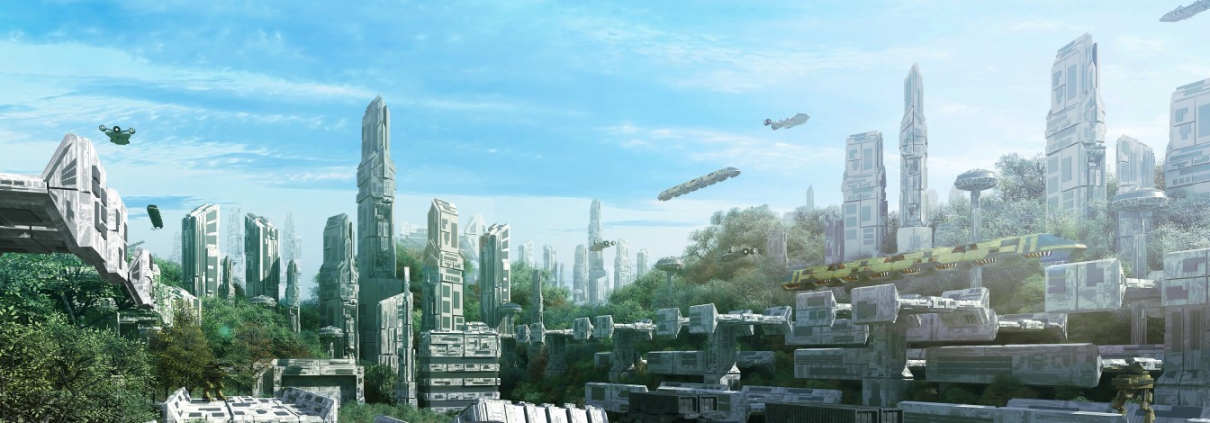How do companies remain innovative?
There was an interesting question on Quora: “How do companies remain innovative?” Maybe my answer sparks some more ideas and some more answers or even different questions.
Here is my response – rather than a real answer:
So far, there is no company known for being repeatedly innovative. Even the most innovative startups become a victim of what made them successful in the first place – a disruptive innovator. I’m not talking about all the old companies like ATT, Intel, Cisco, Ford, Boing. I’m talking about even today’s disrupter like Facebook, Google, Uber, AirBnB… and so forth. Since the beginning of the industrial revolution, companies have been innovative at birth and that’s it. There are probably less than 10 companies ever built that may be an exception. The question should be: What can be done that companies create an innovation continuum? That is actually the work we do. Four years ago we went on a quest to find out how innovative ideas are created in the first place. Looking at the four innovative businesses we founded did not help. Looking talking to peers did not help. Wondering how we could help even our own businesses to become innovative “again” did not help. The defining answer came from neuroscience. From people who research the defects of our brain, how we actually think, and the discovery that thoughts and ideas are no different in structure. The outcome: innovation is a whole series of counterintuitive processes. Once we understand how our brain composes thoughts or ideas, it changes the whole and very wrong perception of how to innovate. Ideation is no serendipity any longer, brainstorming is a superficial feel well meeting, post-its and whiteboards are nice but don’t do it, random experimentation is a huge waste of time and money, pivoting is a big mistake, having a team of the best experts will never lead to innovation…..
Why is this even important? Isn’t disruption and being disrupted just a live cycle in the life of a business? Shouldn’t it be a natural cycle that we don’t interrupt?
I don’t think so
Since the beginning of the industrial revolution, we have rapidly evolved as humans; as a society, we made huge mistakes, we worked hard to fix them, and still do. I think it is about time to not only improve and fix products by amazing innovation, but we also need to make “structural innovation” in our respective organizations. For instance: the discussion about silos is more than 50 years old. Silos came to existence when we were all asked to increase our focus, which increases our productivity and makes us more experiences, and gives us deeper insights. Yes, the price we pay is a more natural flow of information, knowledge, and collaboration. The silo exhausts all that into the ether. But breaking down the silos would potentially lose those advantages, and we don’t know of any alternative.
Analogous thinking: If we keep the analogy to a silo, how about turning it by 90°. The silo becomes a pipe. A pip still gives us a great focus – AND – it gives us flow. Connecting all the pipes on one end, information and experience can flow without distracting and defocusing the stream itself. To do that, it takes organizational ingenuity. And that we never unleashed. Change is bad because there is no winning. If you introduce a successful change, you would be considered lucky – if not, you get fired. Our resistance to change can be found in the culture of where we work, where we have been educated, and where we have been raised. So it’s our parents, teachers, and bosses’ fault – right? YES, RIGHT. If you teach your children the same values, ask your teammates for the same behavior and instruct others the same model to follow, which one of them is probably what you do, it becomes the fault of all of us.
Instead of pointing fingers, let’s agree that we simply learned from our past experiences. Innovation is no serendipity but a composition of past experiences. Now we can all work on a structural redesign of the businesses we work in. When PanAm, Compaq, Nixdorf, and so forth were shut down or acquired, thousands have been left unemployed. And instead of trying to stop innovation, we may be better off becoming innovators far beyond the product we design, produce, market, sell, or service. We may want to use our natural, born creativity, even though it may have been crippled over the years, to get crazy about meaningful ways to innovate our organizational structures.
QUESTION TO YOU
What would you change in your organization to get a better flow and less friction, more fun, and less pain?




Leave a Reply
Want to join the discussion?Feel free to contribute!